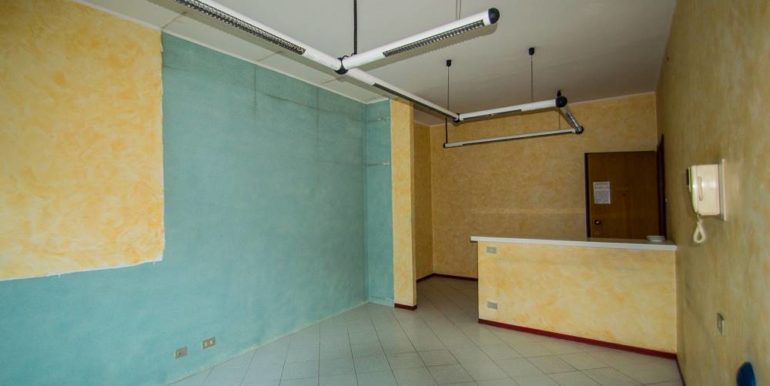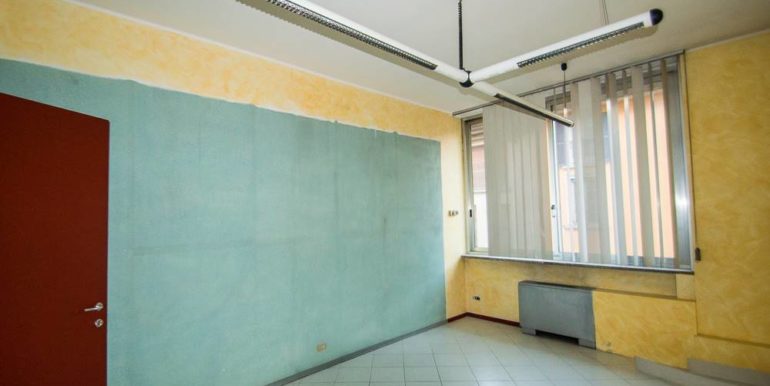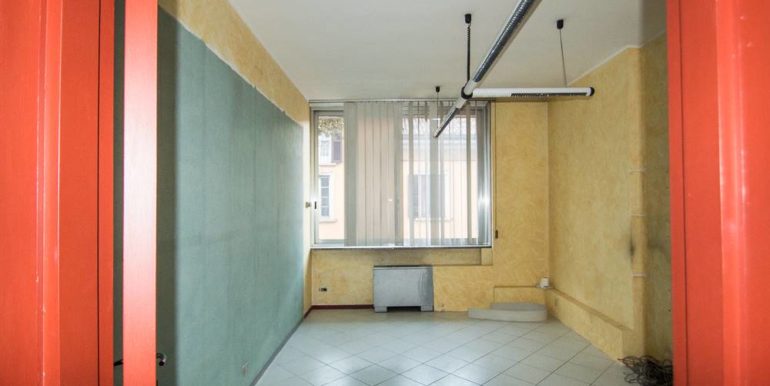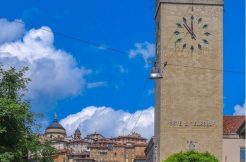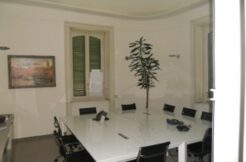Property ID : 7569-1
Rent 667€ per month - Office
Office for rent in Bergamo center
Elegant renovated unit, on the second floor, 75 sq m consisting of three rooms + services.
Possibility of parking space for rent or purchase in the immediate vicinity.
Request €667 monthly.
some information about Bergamo
Bergamo is an Italian municipality of 120,345 inhabitants, capital of theprovince of the same name in Lombardy and the fourth most populous center in the region after Milan, Brescia and Monza.
The city and its hinterland have 485,892 inhabitants, spread over an area of 341.33 km².
The built-up area of Bergamo is divided into two distinct parts: the “Upper City,” surrounded by walls and set at a higher altitude, and the “Lower City,” which-although it too is of ancient origin and retains its historic cores-has been made partly more modern by some urbanization.
Bergamo is also nicknamed “the city of the Thousand” because of the large number of Bergamascan volunteers-about 180-who took part in the Expedition of the Thousand led by Giuseppe Garibaldi, a crucial episode of the Risorgimento.
The Venetian walls of Bergamo were declared a World Heritage Site on July 10, 2017, during the 41st session of the UNESCO Committee in Krakow, Poland.
Bergamo Alta (also called Città Alta or, in the past, the city, as opposed to the boroughs) is a medieval city surrounded by ramparts erected in the 16th century, during Venetian rule, which were added to the pre-existing fortifications in order to make it an impregnable fortress.
Bergamo is still one of the few Italian capital-cities, along with Ferrara, Lucca, Verona, Padua, Treviso and Grosseto, whose historic center has remained completely surrounded by wallswhich, in turn, have kept their original appearance almost intact over the centuries.
The best known and most popular part of Upper Bergamo is Piazza Vecchia, with the Contarini fountain, the Palace of Reason, the Civic tower (known as the Campanone), which still rings out 100 blasts at 10 p.m.-the ones that in the past announced the nightly closing of the gates of the Venetian walls-and other buildings surrounding it on all sides. Imposing on the opposite side of the Palazzo della Ragione is the large white building of the Palazzo Nuovo, which houses the Angelo Mai Civic Library.
Beyond the Palace of Reason are the St. Alexander’s Cathedral, the Colleoni Chapel by architect Giovanni Antonio Amadeo with the funerary monuments to leader Bartolomeo Colleoni and his daughter Medea, the Baptistery erected by Giovanni da Campione, and the basilica of Santa Maria Maggiore with its beautiful north and south side portals, also by Giovanni da Campione. The latter, city church, formerly an ancient baptismal church, now no longer of the diocese, bears inside the architectural signs of the various periods since its construction. Noteworthy are inlays depicting biblical scenes made of wood of various colors, the designs of which are almost all the work of Lorenzo Lotto, and an imposing Baroque confessional carved by Andrea Fantoni. The church houses the tomb of musician Gaetano Donizetti.
Via Colleoni, also known as Corsaröla, connects Piazza Vecchia to Piazza della Cittadella and is the heart of the upper city.
Cittadella Square is home to the Civic Archaeological Museum and the “Enrico Caffi” Museum of Natural Sciences, not far from which you can visit the Lantro Fountain, located at the Church of San Lorenzo. Other religious architecture includes the church of San Michele al Pozzo Bianco, which has frescoes with Scenes from the Life of Mary by Lorenzo Lotto (1525).
Città Alta, in addition to housing a Botanical Garden located in Via Colle Aperto, is also home to the Faculty of Foreign Languages and Literature whose prestige is recognized in the European arena.
Città Alta can be reached on foot via the scorlazzini (stairways that connect it from several points to the lower part of the city), by car (although it is forbidden on summer weekends and year-round on Sunday afternoons), by funicular or by bus

